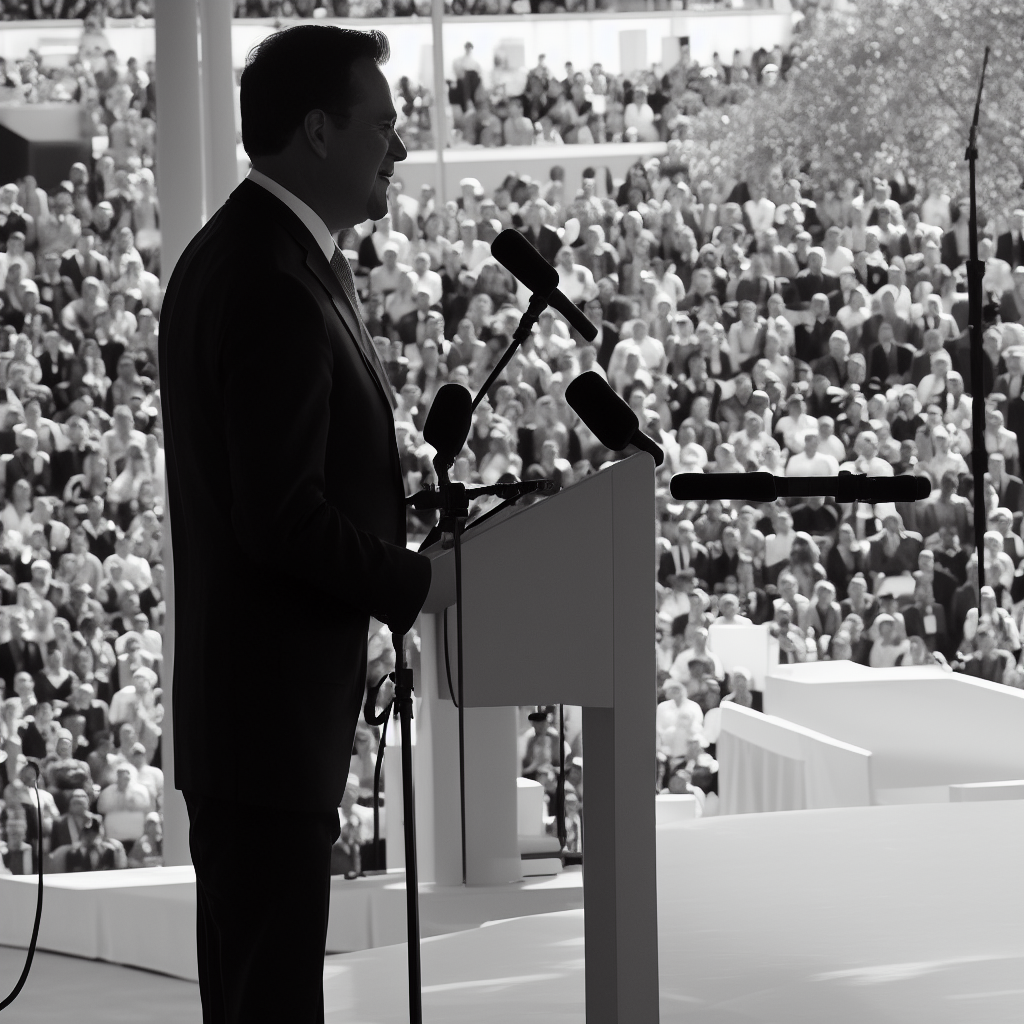Pseudoram
Models by this creator

rvc-v2

38
The rvc-v2 model is a speech-to-speech tool that allows you to apply voice conversion to any audio input using any RVC v2 trained AI voice model. It is developed and maintained by pseudoram. Similar models include the realistic-voice-cloning model for creating song covers, the create-rvc-dataset model for building your own RVC v2 dataset, the free-vc model for changing voice for spoken text, the vqmivc model for one-shot voice conversion, and the metavoice model for a large-scale base model for voice conversion. Model inputs and outputs The rvc-v2 model takes an audio file as input and allows you to convert the voice to any RVC v2 trained AI voice model. The output is the audio file with the converted voice. Inputs Input Audio**: The audio file to be converted. RVC Model**: The specific RVC v2 trained AI voice model to use for the voice conversion. Pitch Change**: Adjust the pitch of the AI vocals in semitones. F0 Method**: The pitch detection algorithm to use, either 'rmvpe' for clarity or 'mangio-crepe' for smoother vocals. Index Rate**: Control how much of the AI's accent to leave in the vocals. Filter Radius**: Apply median filtering to the harvested pitch results. RMS Mix Rate**: Control how much to use the original vocal's loudness or a fixed loudness. Protect**: Control how much of the original vocals' breath and voiceless consonants to leave in the AI vocals. Output Format**: Choose between WAV for best quality or MP3 for smaller file size. Outputs Converted Audio**: The input audio file with the voice converted to the selected RVC v2 model. Capabilities The rvc-v2 model can effectively change the voice in any audio input to a specific RVC v2 trained AI voice. This can be useful for tasks like creating song covers, changing the voice in videos or recordings, or even generating novel voices for various applications. What can I use it for? The rvc-v2 model can be used for a variety of projects and applications. For example, you could use it to create song covers with a unique AI-generated voice, or to change the voice in videos or audio recordings to a different persona. It could also be used to generate novel voices for audiobooks, video game characters, or other voice-based applications. The model's flexibility and the wide range of available voice models make it a powerful tool for voice conversion and generation tasks. Things to try One interesting thing to try with the rvc-v2 model is to experiment with the different pitch, index rate, and filtering options to find the right balance of clarity, smoothness, and authenticity in the converted voice. You could also try combining the rvc-v2 model with other audio processing tools to create more complex voice transformations, such as adding effects or mixing the converted voice with the original. Additionally, you could explore training your own custom RVC v2 voice models and using them with the rvc-v2 tool to create unique, personalized voice conversions.
Updated 9/15/2024